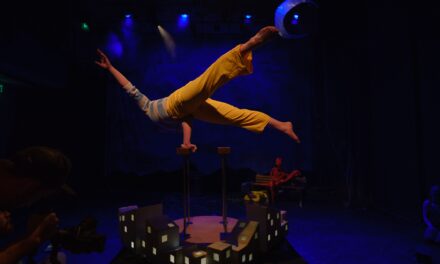William Preucil is concertmaster of the Cleveland Orchestra and distinguished professor of violin at the Cleveland Institute of Music. Previously, he was first violinist of the Cleveland Quartet. A valuable member of the Brevard Music Center faculty for the past ten summers, Preucil organizes a concert each year labeled “Bill Preucil & Friends.” In 2010, it was a two-day event. On consecutive evenings, Preucil and pianist Bruce Murray performed all ten of Ludwig van Beethoven’s Sonatas for Piano and Violin. Other years, it has been a single concert with varying collaborators. Every year, the concert is intended to demonstrate to the BMC students “how it is done” as well as to gratify the general public.
“Bill Preucil and Friends,” 2016 Edition, consisted of two monumental late nineteenth-century works. First was the Violin Sonata No. 1 in A, Op. 13 of Gabriel Fauré, the 1877 work that earned praise from his teacher Saint-Saëns, and established Fauré as a major composer. He was destined to be a bridge from late Romanticism to Modernism in a very Gallic style, although it took fifty years for him to be properly appreciated. For this work, Preucil was joined by pianist Kayoko Miyazawa, who has just graduated from Cleveland Institute. I am told that Preucil first heard her accompanying one of his students and was impressed greatly. This summer Miyazawa is studying collaborative piano at BMC. The two musicians provided waves of sound in the Allegro Molto first movement, voiced to complement each other and bound together like Siamese twins. This attention to detail continued in the Andante and the final two Allegro movements, but the detail never interfered with the proper emotion. The last time I heard this work was in 2008, when Preucil performed it with Murray, and I do not believe that Murray did a better job that year than Miyazawa did this year.
The second work on the program was the Piano Quintet in F minor, Op. 34 of Johannes Brahms. While working through major revisions, Brahms referred to it as a work of “overpowering strength” and did not rest until in 1864 when he had a version that satisfied him both in structure and in instrumentation. His first version was for string quintet, the second for two pianos, and only in his third revision did he hit on the piano quintet as the ensemble appropriate to his compositional concepts. For this work, Preucil called on some very talented friends. Second violin was played by Jason Posnock, concertmaster of the Asheville Symphony Orchestra and director of artistic planning at BMC. Viola was played by Scott Rawls, chair of the instrumental division of the music department at UNC-Greensboro and long-time BMC instructor. Cello was played by Jonathan Spitz, principal cellist of the New Jersey Symphony Orchestra and a member of the Orpheus Chamber Orchestra as well as a BMC instructor. And on piano was Murray, chair of the music department at Miami University of Ohio and formerly BMC dean, who returned to Brevard as a guest artist for this event.
What a model these musicians provided for their students! Four violin students were seated in the row ahead of me, and I could see them soaking up details that I (not a string player) probably missed. I wished that I were an artist who could sketch the performers as their hands coaxed the composer’s intent from their instruments. Preucil’s body motions were a model of purposeful use. Murray smiled and moved his lips as though singing to himself. The others were similar models of rapt enjoyment and tight-knit communication that maintained the ensemble’s integrity. I wish I had a lasting image to memorialize this fine performance, but I do have a lasting memory of the sound.
What was not to like? I personally would have preferred a slightly slower tempo in the fourth movement, the one with the decidedly Hungarian flavor. Brahms often uses intricate inner voices, and at a fast tempo the listener’s mind does not have time to process these intricacies. I listened to the classic recording of the work performed by Rudolph Serkin and the Budapest Quartet in the 1960’s. Their performance of the entire work took forty-three minutes, probably two minutes longer than Wednesday’s. They definitely take the fourth movement more slowly. Perhaps I am dated, but I like it better just that tad slower.











